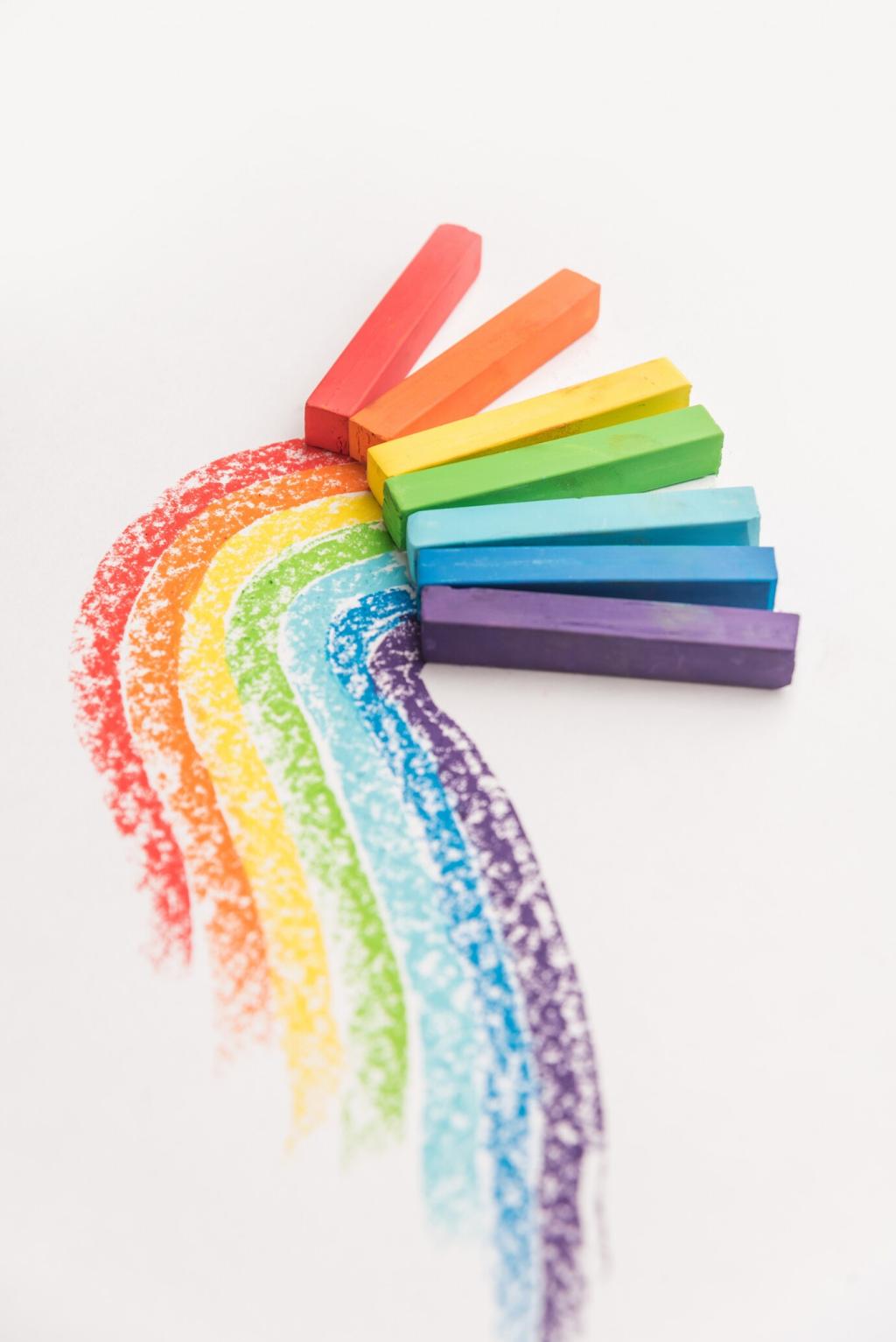
Seeing Color in a Changing Light
Selected theme: Color Perception in Various Lighting Conditions. Step into a world where the same red sweater turns brick at sunrise, cherry at noon, and auburn by lamplight—and learn how to harness those shifts creatively. Join the conversation, share your observations, and subscribe for more illuminating stories.
Why Colors Shift When Light Changes
Every light source emits a unique blend of wavelengths. Sunlight is broad and smooth, incandescent skews red, and some LEDs have spiky spectra. Our cones sample this mix differently, so a paint that glows outdoors may dull beneath certain bulbs.
Why Colors Shift When Light Changes
Your brain constantly recalibrates to keep whites looking white, a phenomenon called chromatic adaptation. It is why a room can feel ‘neutral’ at noon and ‘cozy’ at dusk. Remember the viral dress? Context and adaptation shape our color judgments powerfully.
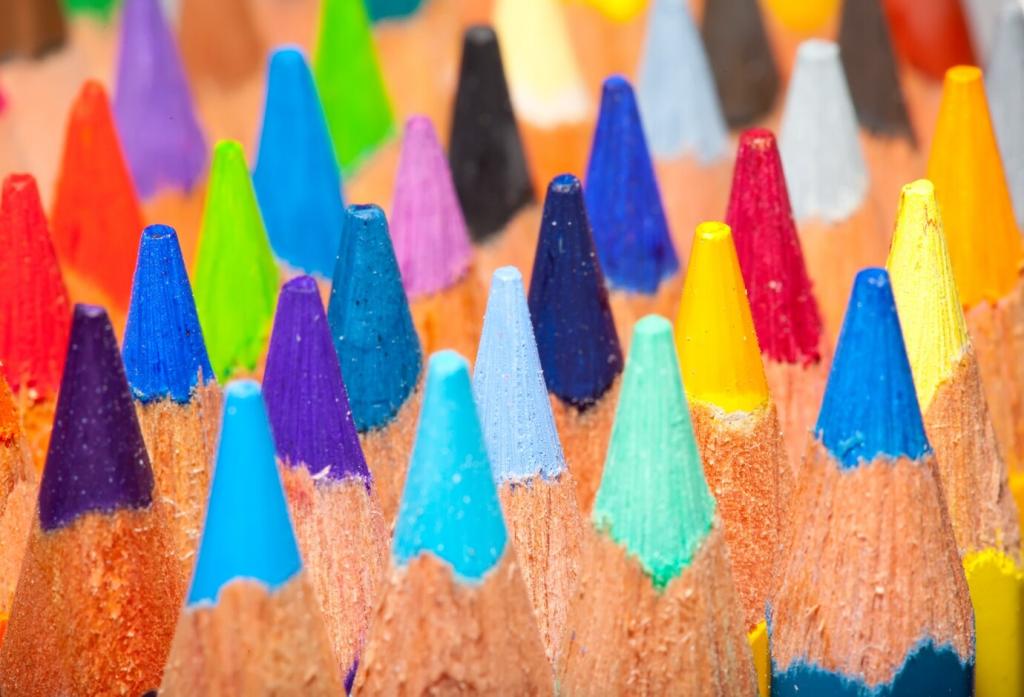
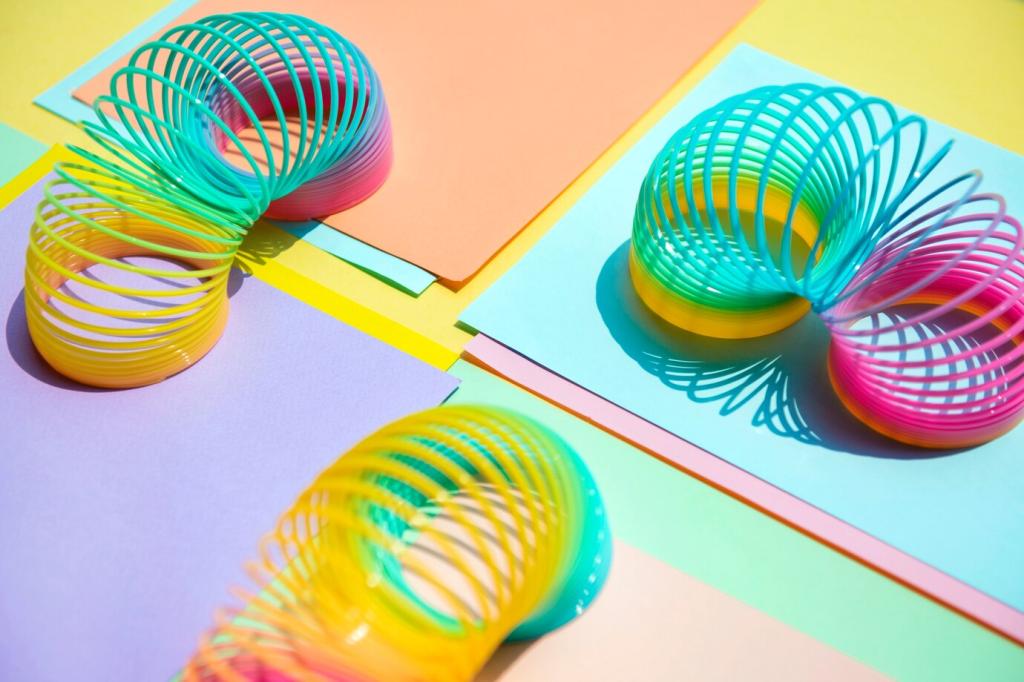
Daylight, Incandescent, and LED: A Practical Tour
Morning light leans cool and crisp, noon becomes neutral, and late afternoon warms into honeyed tones. Photographers chase the golden hour because skin looks luminous and shadows soften. Notice how green leaves shift from emerald at noon to olive near sunset.
Incandescent and halogen lamps sit around 2700–3000K, bathing scenes in amber. Reds and browns feel richer, while blues often mute. A tomato under these lamps looks mouthwatering, yet that same fruit may seem less vibrant when moved to cooler office lighting.
LEDs can mimic many moods, but quality varies. High-CRI or strong TM-30 scores typically render colors more faithfully. Cheap LEDs sometimes exaggerate greens or clip reds. Look for consistent spectra if accuracy matters, particularly in kitchens, studios, and retail spaces.
Photography and Filmmaking: Mastering White Balance
Set a Kelvin value to communicate feeling: cooler for clinical clarity, warmer for intimacy. Shooting RAW preserves flexibility. A wedding I filmed felt sterile until I nudged balance warmer, restoring candlelit romance without misrepresenting the dress or flowers.
Designing Spaces with Light in Mind
Tape large paint samples on multiple walls, observe them morning through evening, and under all lamps. Fabrics that read serene gray at noon might turn lavender beneath warm bulbs. Invite friends to weigh in, then comment here with your surprising shifts.
Designing Spaces with Light in Mind
Grocers often choose lighting that flatters reds and greens, keeping produce appealing. A boutique owner told me warm, high-CRI LEDs boosted knitwear sales by making textures pop without distorting color. Lighting becomes quiet storytelling that earns trust as much as attention.
Designing Spaces with Light in Mind
Cooler, brighter light supports alertness and precise color tasks, while warmer evening light relaxes eyes. Designers blend tunable fixtures to respect circadian rhythms. If your workspace warps color swatches, share your setup and we will explore better spectral solutions together.
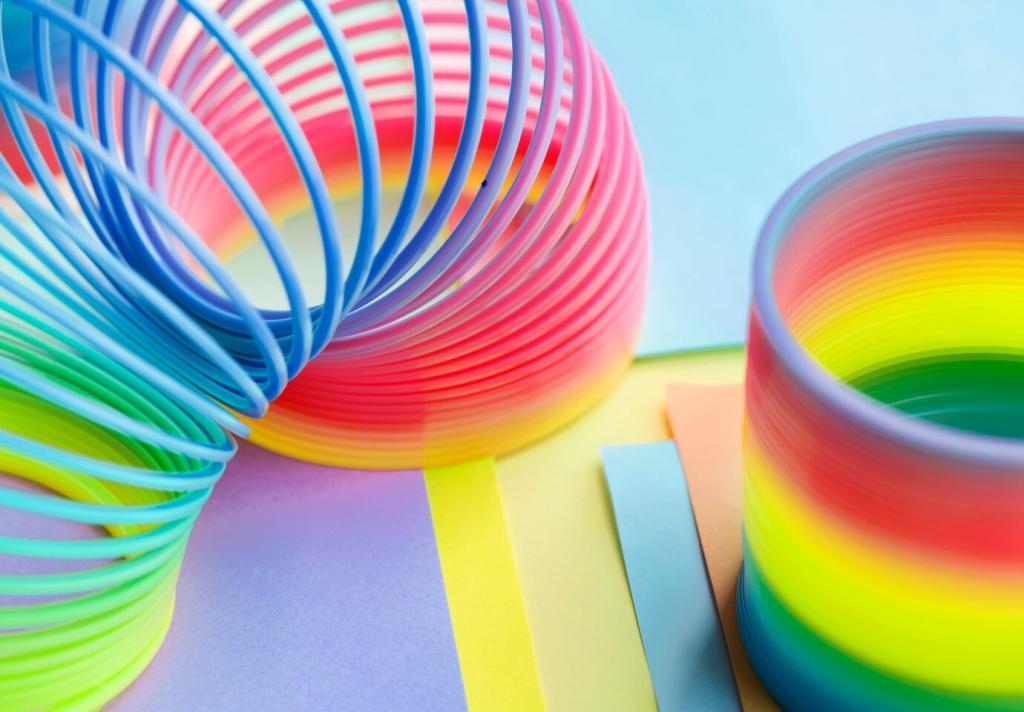
Respecting pigments in the gallery
Museums favor controlled spectra and low UV to protect delicate works. I watched a curator shift a spotlight just two degrees, and a once-dull blue leapt alive. Tiny lighting tweaks can honor an artist’s intent without compromising conservation.
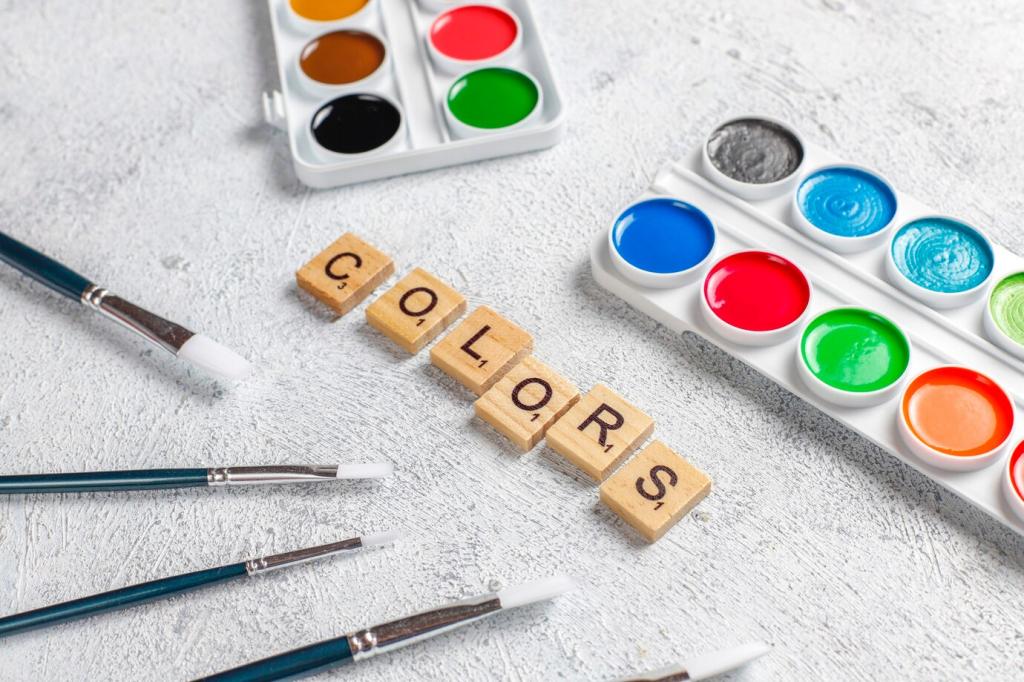
Color-matching for restoration
Restorers mix paints under standardized D65 booths, then verify under tungsten and LED to avoid metameric surprises. One conservator laughed that her best tool is not a brush but disciplined lighting checks. Precision lighting keeps retouches invisible across rooms.
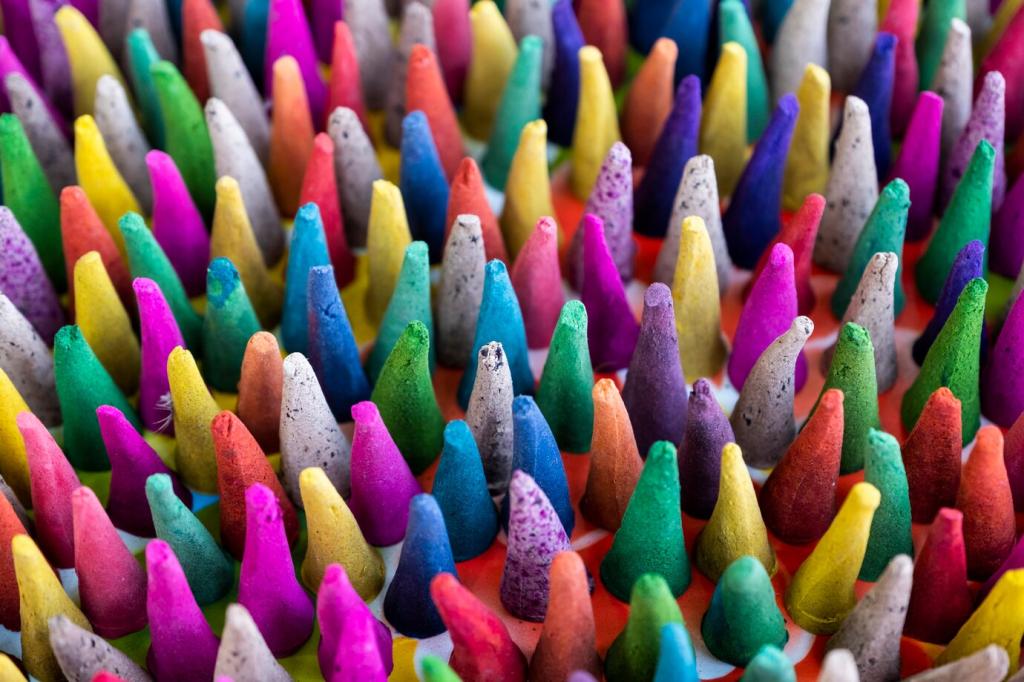
Artists’ studios and the lure of north light
Many painters chase soft, stable north light to reduce harsh shadows and color drift. A friend swears her cadmium yellow looked cleaner by that window than anywhere else. She compares swatches at dusk and noon, keeping a notebook of chromatic moods.
Train Your Eye: Simple Experiments
Carry a colorful object—say, a red mug—from a windowed room to a warm-lit hallway and then under a cool desk lamp. Notice changes in richness and edge contrast. Share your observations below and compare with others’ surprisingly different impressions.
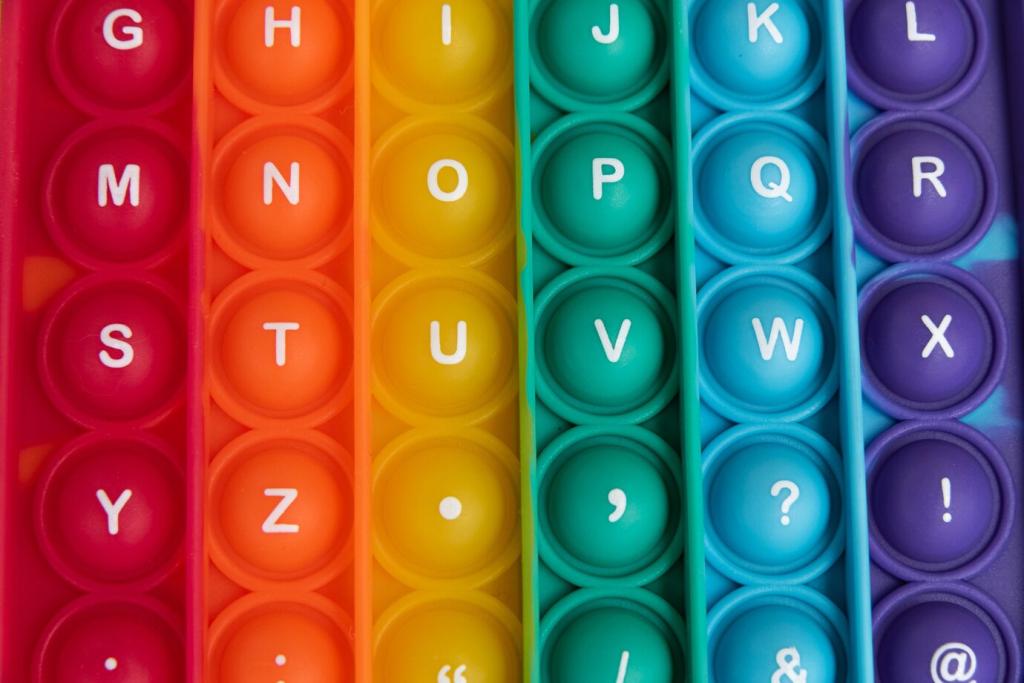
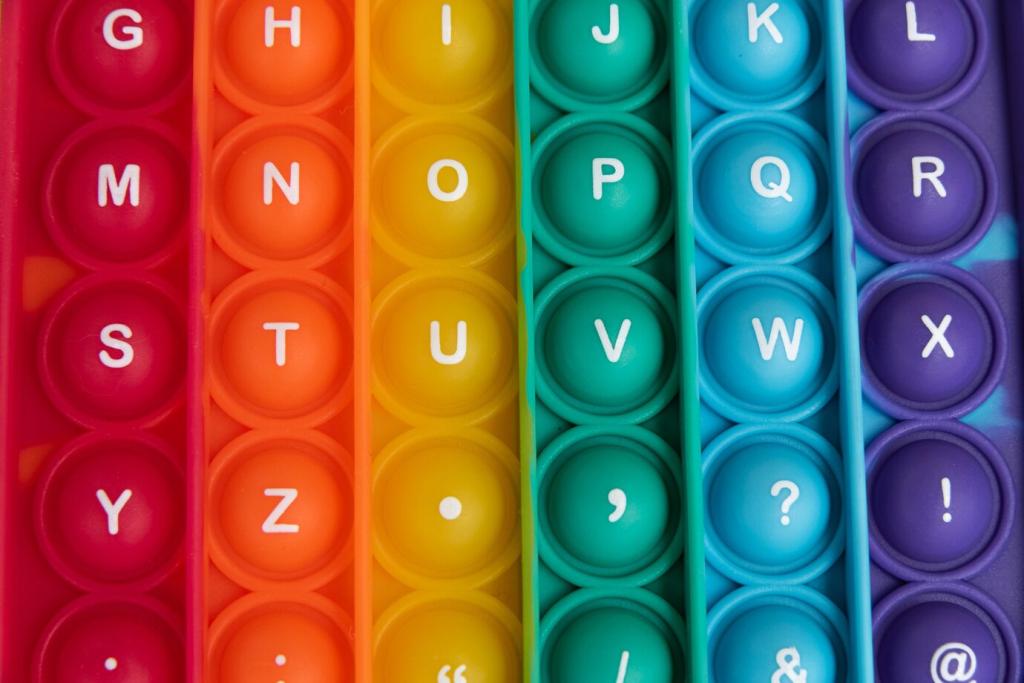
Train Your Eye: Simple Experiments
Keep a neutral gray card, a few fabric snippets, and a color checker in your bag. Compare them under store lighting, street lamps, and daylight. You will quickly spot LED quirks and discover which environments flatter your favorite hues.
